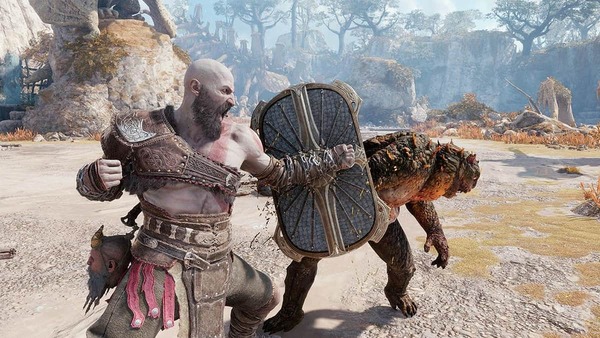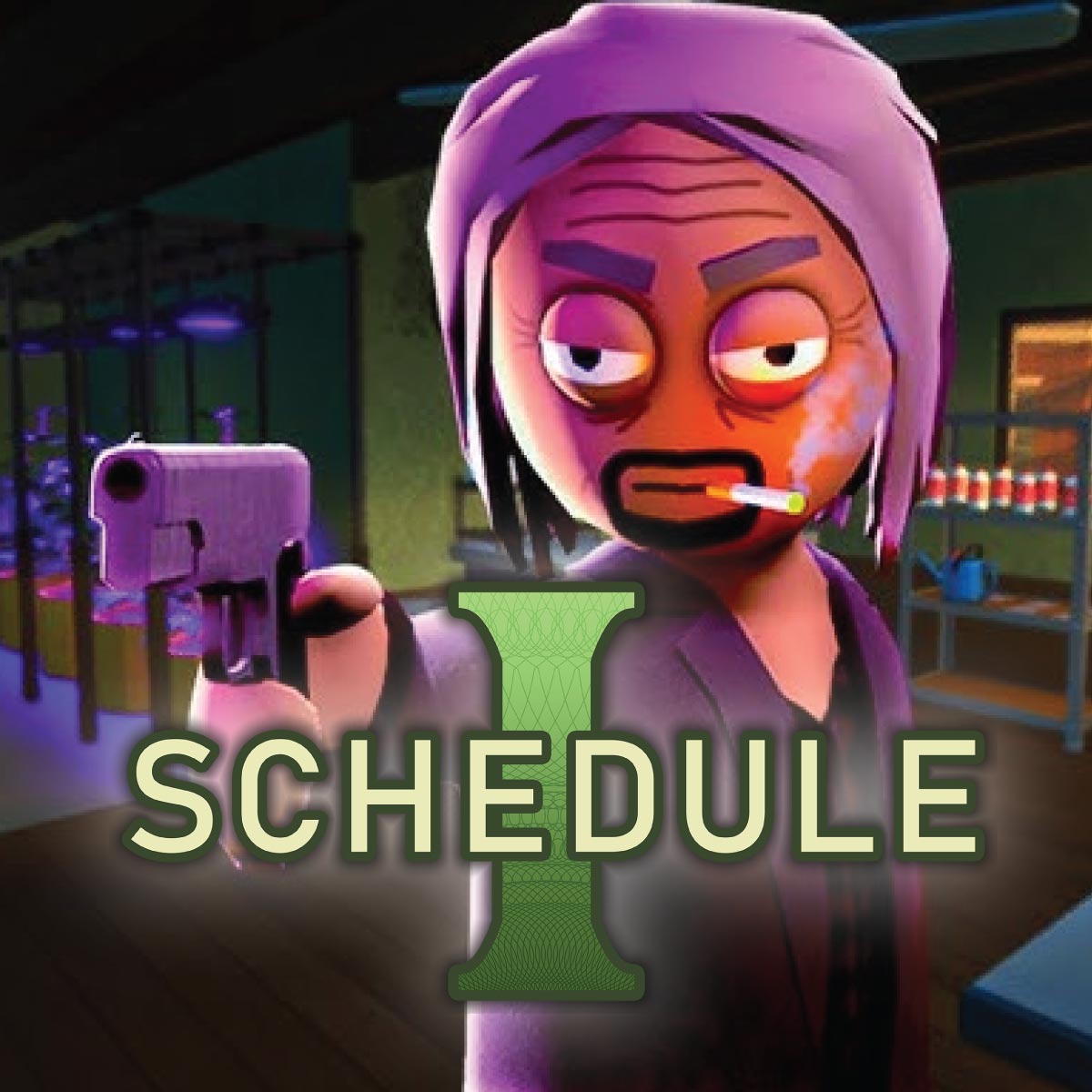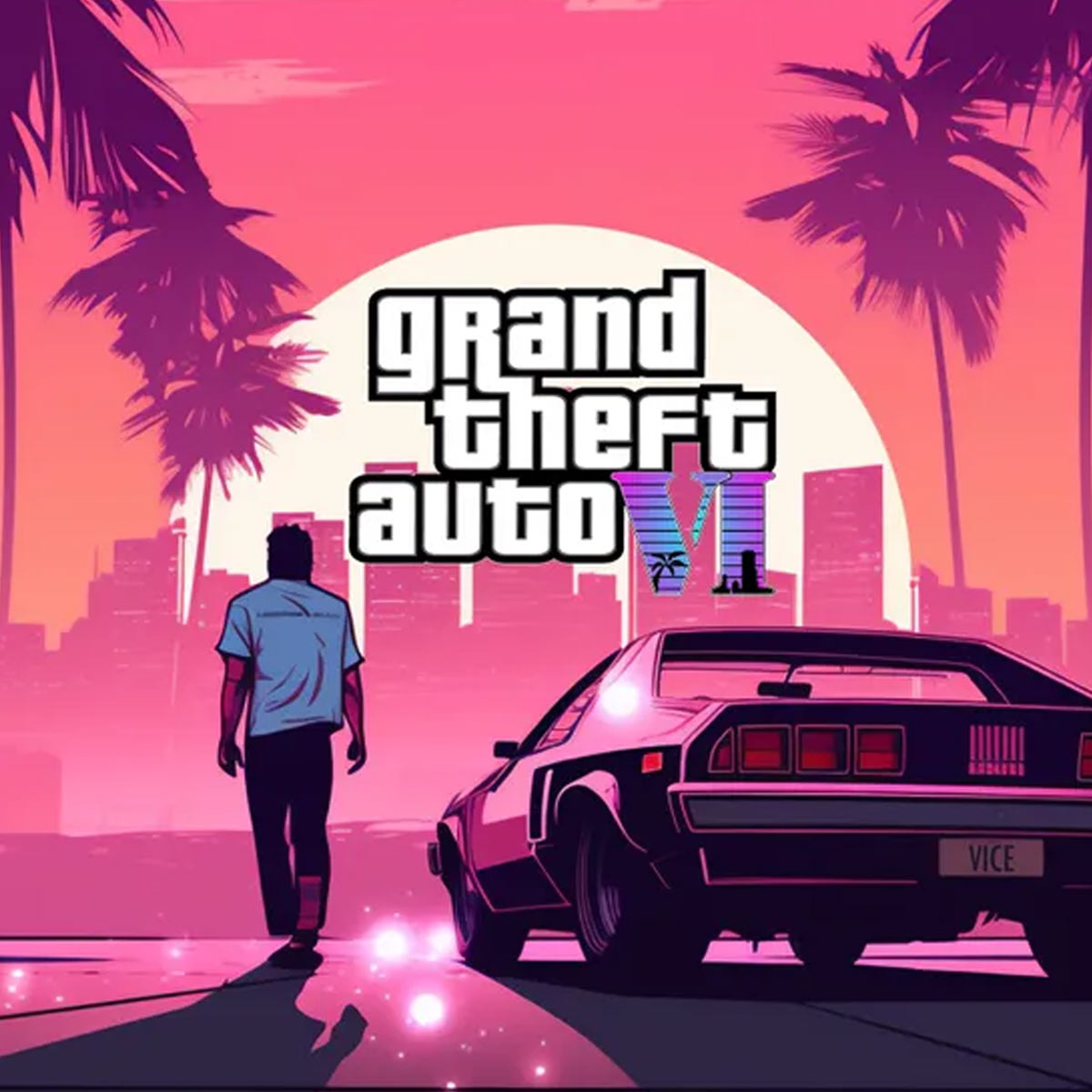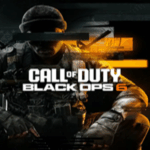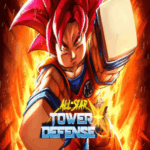Minecraft Game Review: Exploring a World of Infinite Creativity
Minecraft is a game that redefined sandbox gaming, offering a vast, open-ended experience that has captured the imagination of players worldwide. This review explores Minecraft’s origins, gameplay features, cultural impact, and more.
The Origins and Evolution of Minecraft
Minecraft started as an indie project by Markus “Notch” Persson in 2009. After its official release in 2011, it went through continuous development and became a global gaming phenomenon. Over the years, Minecraft has evolved significantly, especially after being acquired by Microsoft, making it one of the most widely played games in history.
Gameplay Features: Crafting, Building, and Survival
Minecraft’s core gameplay revolves around the simple mechanics of mining and crafting. Players gather resources to build structures, craft tools, and survive in a procedurally generated world. The game’s strength lies in its ability to let players express creativity, from building intricate castles to designing complex redstone-powered contraptions.
Minecraft’s Game Modes: Survival vs. Creative
Minecraft offers players two main modes: Survival and Creative. In Survival mode, players must gather resources and manage health, hunger, and fend off hostile mobs. Creative mode, however, removes all survival constraints, allowing players unlimited resources to construct elaborate creations without worry.
Exploring Minecraft’s Biomes: A World of Endless Possibilities
Minecraft’s procedurally generated world includes diverse biomes, ranging from lush forests to barren deserts. Each biome comes with its unique resources, plants, and animals, ensuring that no two playthroughs are the same. The variety of environments keeps the exploration aspect of Minecraft fresh and exciting.
Multiplayer Mode in Minecraft: Building Communities
Multiplayer in Minecraft allows players to collaborate, compete, and socialize in shared worlds. From small private servers to massive public ones, multiplayer offers a variety of experiences, including cooperative building, competitive mini-games, and player-run economies.
Minecraft’s Visuals and Sound: Simple Yet Effective Design
Despite its blocky graphics, Minecraft’s visuals are iconic and contribute to the game’s charm. The minimalist design allows players to focus on gameplay and creativity. Over time, the game’s visuals have been enhanced with shaders and texture packs, offering deeper immersion while maintaining its signature aesthetic.
Educational Impact: Minecraft as a Learning Tool
Beyond entertainment, Minecraft serves as an educational platform. Many schools use Minecraft: Education Edition to teach students subjects like math, history, and programming. Through interactive projects, students can learn about historical landmarks, build functional machines, or even learn coding concepts using redstone.
Ongoing Updates: Keeping the game Fresh
Minecraft has remained relevant due to its consistent updates. Major expansions like the Caves & Cliffs update and the Nether Update have introduced new biomes, mobs, and gameplay mechanics, keeping the game exciting for both newcomers and long-time players. These updates ensure that Minecraft evolves in response to player feedback.
Minecraft’s Cultural Impact: More Than Just a Game
Minecraft’s influence extends far beyond gaming. It has inspired artists, musicians, architects, and educators. YouTube creators and streamers have shared their builds and adventures, creating a global Minecraft community. Minecraft’s simple design has made it a platform for creativity, allowing users to build, share, and collaborate in ways few games can match.



